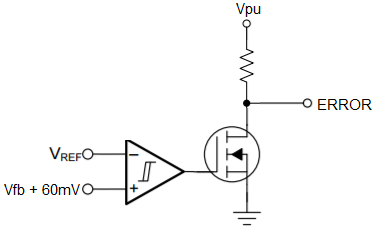Hello,
I would like to get some information about the LP2953 device, and more precisely about the Error Amplifier.
Could you, please, give me the Error Amplifier specifications (open loop gain, unity gain bandwidth, phase margin, input offset voltage) in the LP2953 ?
Thank you for your consideration,
Sincerely,
Aymeric


